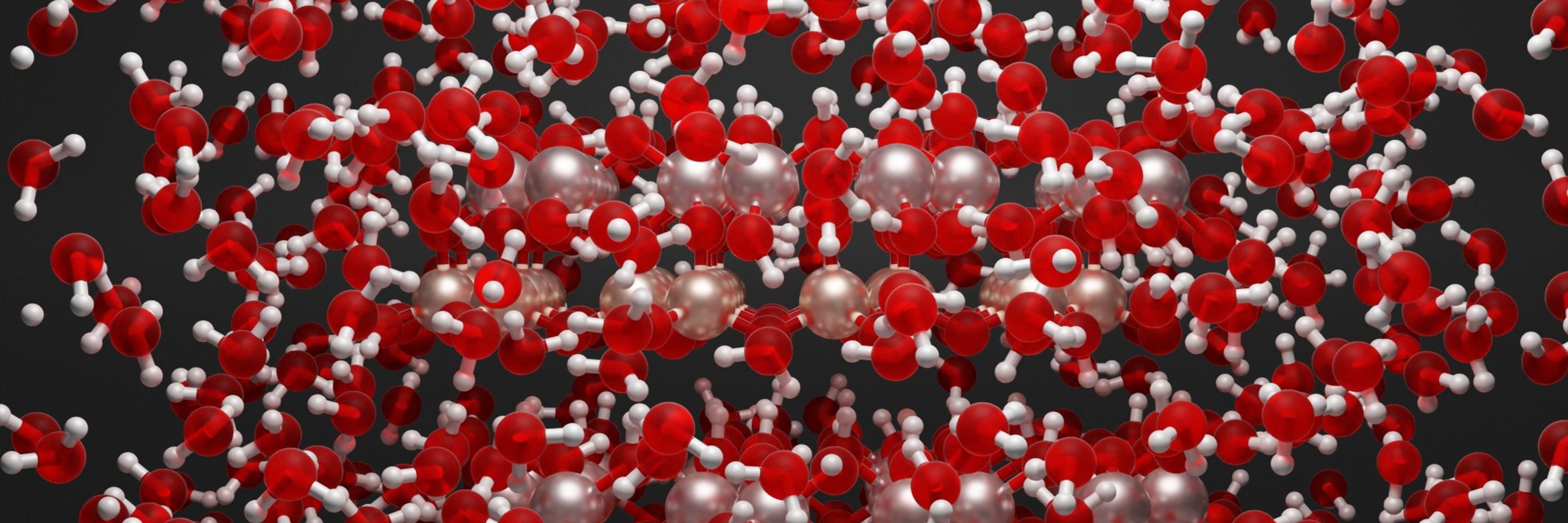
Machine-learned solutions. FAST.
Using ML-driven MD simulations, we uncover why hydronium prefers the graphene–water interface while hydroxide does not. 💧⚡🔬
🔗 doi.org/10.1021/acsn...
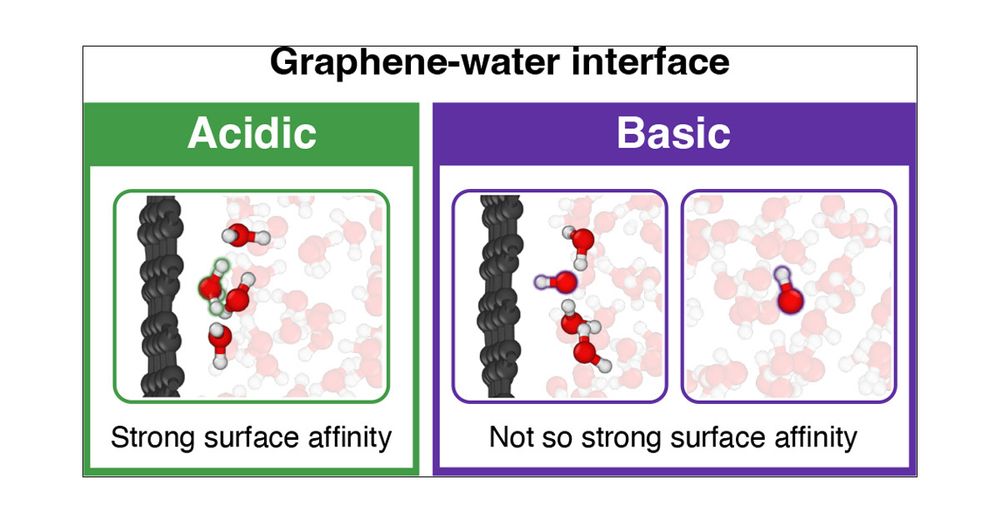
Using ML-driven MD simulations, we uncover why hydronium prefers the graphene–water interface while hydroxide does not. 💧⚡🔬
🔗 doi.org/10.1021/acsn...

Did you ever think whilst eating your Christmas dinner how salt dissolves? @niamhoneill.bsky.social did.
Name: Niamh
Likes: Running (jobs) 🏃♀️💻
Dislikes: Deionised Water 🧂❌
Most likely to: tell you all about Ireland ☘️
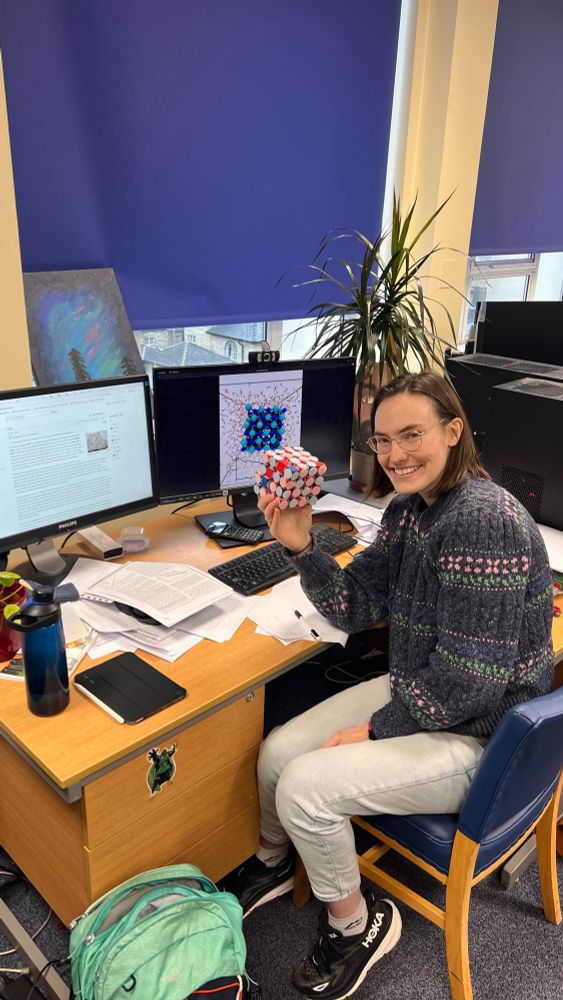
Did you ever think whilst eating your Christmas dinner how salt dissolves? @niamhoneill.bsky.social did.
Name: Niamh
Likes: Running (jobs) 🏃♀️💻
Dislikes: Deionised Water 🧂❌
Most likely to: tell you all about Ireland ☘️
Name: Xavi
Role: Junior PhD Student
Likes: Football and Nanoconfinement
Dislikes: PBE with no D3
Most likely to: debug your life
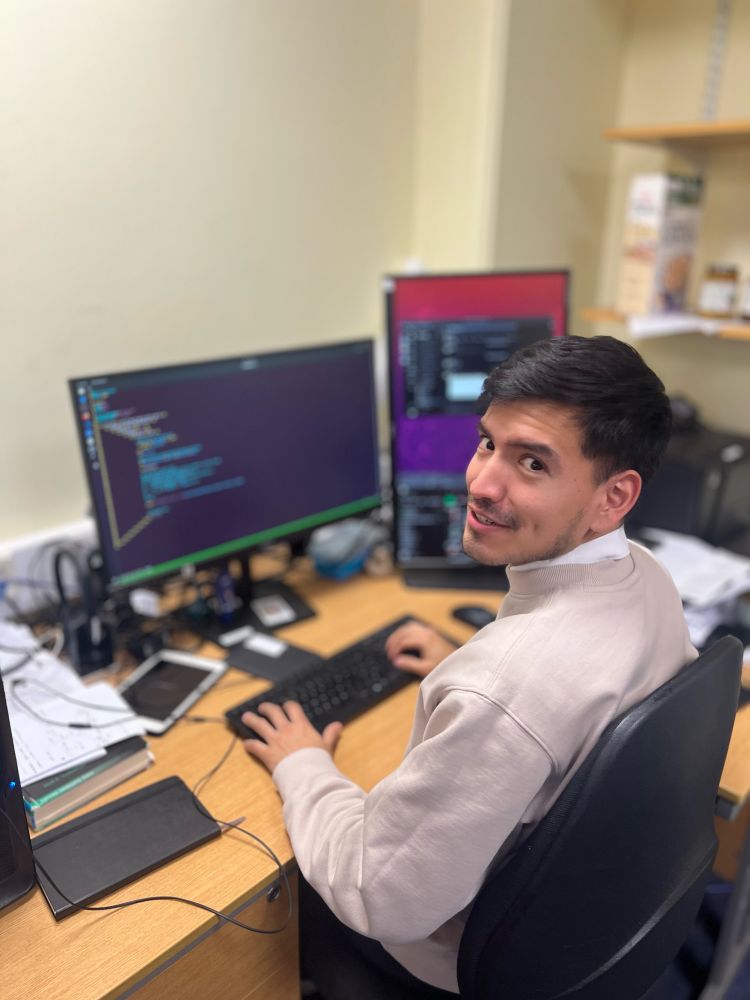
Name: Xavi
Role: Junior PhD Student
Likes: Football and Nanoconfinement
Dislikes: PBE with no D3
Most likely to: debug your life
We want to give a light intro into the field for new starters going from the historical developments to latest developments on going beyond locality to foundation models.
dx.doi.org/10.1088/1361-648X/ad9657
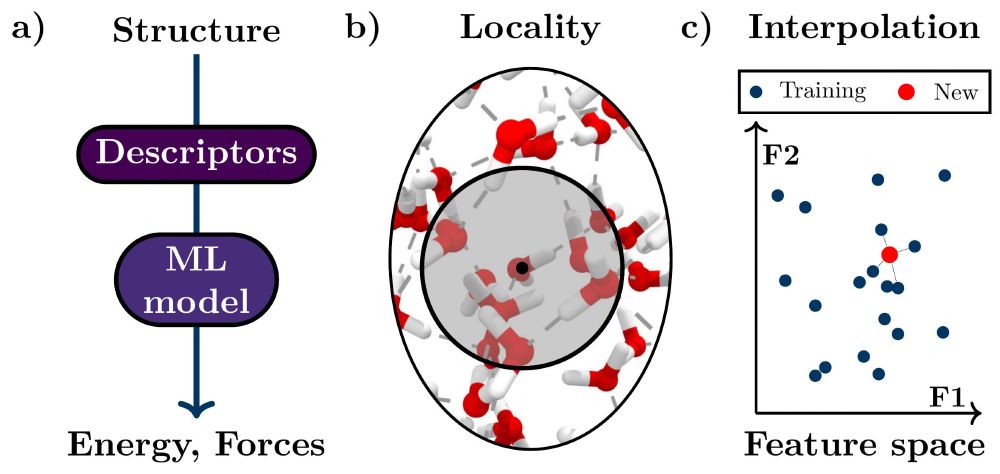
We want to give a light intro into the field for new starters going from the historical developments to latest developments on going beyond locality to foundation models.
dx.doi.org/10.1088/1361-648X/ad9657
This is our new group account for the FAST group, hosted at the Cavendish Laboratory in Cambridge. We are fascinated by using computational tools to understand challenging materials and systems at the atomistic level.
Watch this space to learn more about our work 🚀
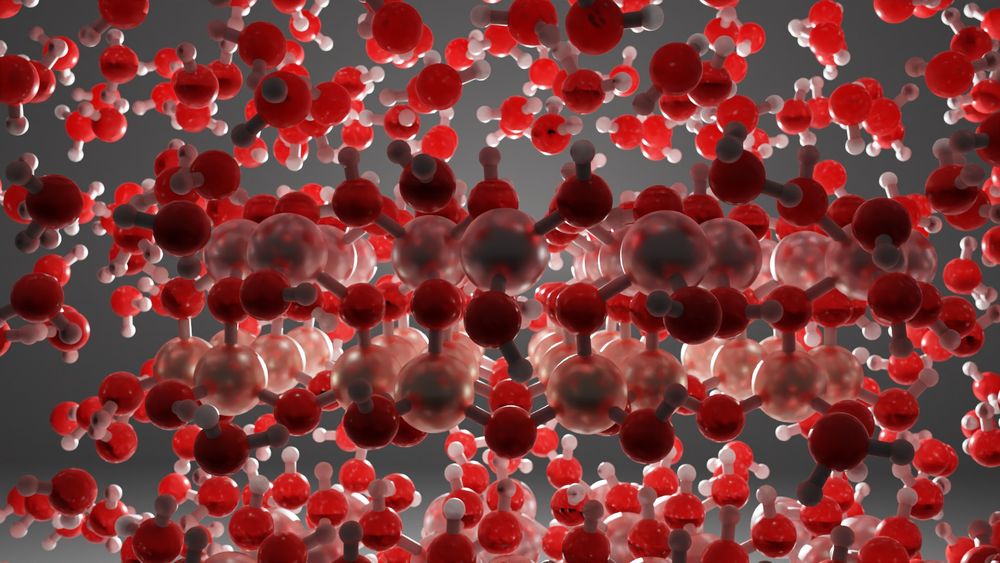
This is our new group account for the FAST group, hosted at the Cavendish Laboratory in Cambridge. We are fascinated by using computational tools to understand challenging materials and systems at the atomistic level.
Watch this space to learn more about our work 🚀

